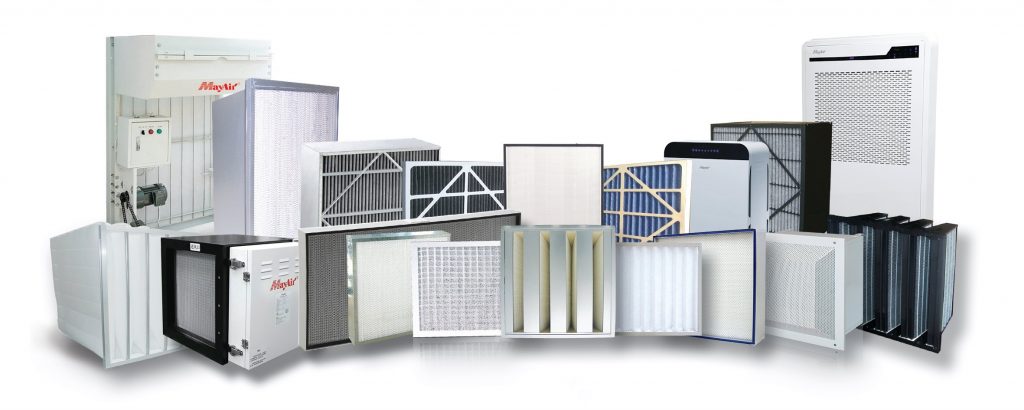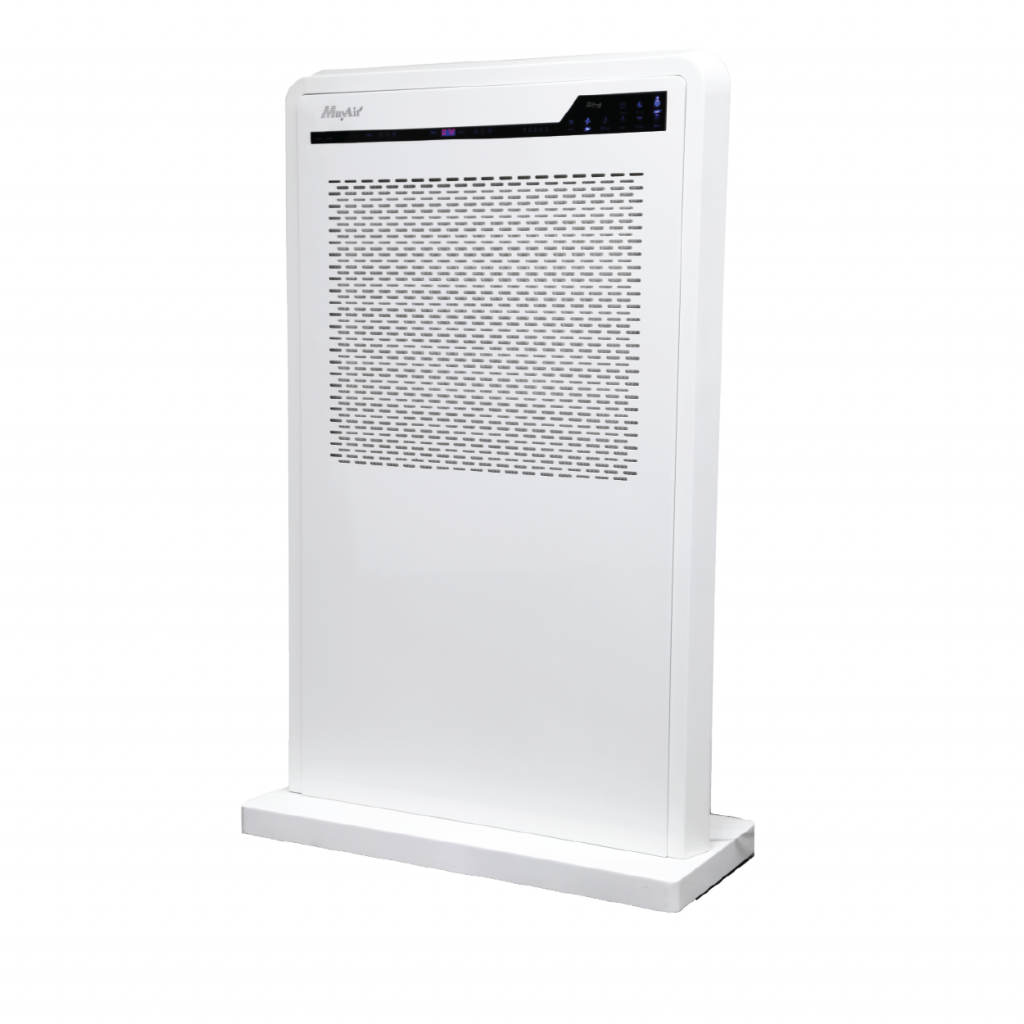People’s lifestyles and perspectives of their surroundings have altered as a result of the COVID-19 epidemic. The term “public space” refers to areas to which the public has unlimited access and right of way. COVID-19 is transferred mainly by close contact and respiratory droplets generated when an infected person coughs, sneezes, speaks, or sings. In some circumstances, such as enclosed spaces with little ventilation, it can also be transmitted by virus aerosols in the air. As a result, mitigating this risk requires enhancing indoor ventilation and air quality.
The Department of Occupational Safety and Health has issued recommendations for improving ventilation and indoor air quality (IAQ) in public locations during the COVID-19 epidemic. This guidance is based on the Department of Health and Human Services’ 2010 Industry Code of Practice for Indoor Air Quality, as well as other established documents on ventilation and indoor air quality published by respective international organisations and other countries during the COVID-19 pandemic. It is applicable to structures equipped with a mechanical ventilating and air conditioning (MVAC) system, an air conditioning system that does not deliver fresh air, or natural ventilation. This recommendation represents one of the best practises that people concerned in preventing COVID-19 viral transmission by airborne.
Filtration Engineering Controls
Filtration of recirculated air throughout the building to remove aerosol particles (extremely small particles bearing the virus) as feasible. Enhancing air filtration may include upgrading HVAC filters to MERV 13 (or the greatest MERV rating that the building’s ventilation system can support) and installing portable air cleaners in places that are difficult to ventilate with outside air or have a high density or occupancy. Minimize virus transmission between people through indoor airborne transmission. This may include venting all restrooms directly to the outside and rerouting airflows to avoid blowing directly from person to person, if possible.
Increase Outside-Air Ventilation
Increase Air Filtration
Adjust/ Re-Configure Air Flows
measures for air-conditioned premises (Indoor Air Quality)
All occupied space must be adequately ventilated by the MVAC system:
(a) Daily inspections of the Air Handling Unit (AHU) are required to ensure indoor air quality maintained.
(b) All supply air diffusers shall function in the direction of the intended air flow.
(c) Maintain the MVAC system on a regular basis by inspecting and cleaning the supply and exhaust fans, as well as inspecting and cleaning the air ducts and dampers for leaks or blockages.
(d) ICOP IAQ 2010 specifies recommended maintenance intervals and PPE should be worn appropriately throughout any maintenance job.
(f) Ascertain that no air is leaking into any occupied space. This includes water seals, pipe or duct cracks, and wall gaps. Any issue that arises should be resolved immediately.
Determine that the AHU and Fan Coil Unit (FCU) are operating at full speed and capacity with all air dampers fully opened:
(a) Turn off the demand control system that regulates the reduction of outdoor fresh air delivery.
(b) To ensure optimal entrance of outdoor fresh air, all air dampers should be opened and no air ducts should be blocked.
(c) Ensure that all outdoor air reaches its proper destination by balancing the air distribution system.
(d) Exhaust fans run at maximum capacity in order to exhaust air from enclosed places.
(f) Close windows and other openings near exhaust fans to prevent air flow from being shorted out. If the existing system does not provide adequate external air, a supply and/or exhaust fan should be added. Let say the MVAC system does not meet the necessary operational requirement, the maximum room occupancy should be decreased.
(g) The recirculation air dampers should be set to the lowest setting possible. High-efficiency filters should be used to handle recirculated air (at least MERV13 is recommended). Filter maintenance and installation should follow the manufacturer’s recommendations. By turning off rotatory heat changers or heat recovery wheels, you can eliminate the potential of carry-over leakage from exhaust air.

measures for naturally ventilated premises
In an insufficiently or ineffectively ventilated environment, consider adding window or wall-mounted exhaust fans to improve ventilation. The air supply and exhaust frameworks can be modified to provide a single directional wind current. The exhaust system should produce the bare minimal amount of air changes
To improve air supply and ventilation rate, perform the following:
(a) Install a dedicated outdoor air supply or exhaust system;
(b) Expel air from the enclosed space by operating exhaust fans at full capacity.
(c) Keep windows and other entryways closed to avoid short-circuiting air movement
(d) Keep windows and entryways open as much as possible, except when the quality of the open air is inadequate.
(e) When windows or entryways are opened, air conditioners should be turned down or shut off.
measures for enclosed air conditioned premises
(without mechanical ventilation provision)
Increase ventilation and air exchange rate:
(a) As many operable windows and doors as feasible should be opened, unless the outdoor air quality is insufficient. When doors and/or windows are opened, air conditioning should be lowered or turned off.
(b) If necessary, a dedicated exterior air supply and/or exhaust can be provided.
(c) Evacuate the confined compartment by operating exhaust fans at full power. Keep windows and other entryways closed to avoid short-circuiting air movement.
Installing window-mounted exhaust fans allows for the alignment of the air supply and exhaust systems, resulting in unidirectional airflow in a poorly ventilated space. Also, installing window-mounted exhaust fans allows for the alignment of the air supply and exhaust systems, resulting in unidirectional airflow in a poorly ventilated space.
Increase ventilation and air exchange rate:
(a) As many operable windows and doors as feasible should be opened, unless the outdoor air quality is insufficient. When doors and/or windows are opened, air conditioning should be lowered or turned off.
(b) If necessary, a dedicated exterior air supply and/or exhaust can be provided.
(c) Evacuate the confined compartment by operating exhaust fans at full power. Keep windows and other entryways closed to avoid short-circuiting air movement.
Installing window-mounted exhaust fans allows for the alignment of the air supply and exhaust systems, resulting in unidirectional airflow in a poorly ventilated space. Further, installing window-mounted exhaust fans allows for the alignment of the air supply and exhaust systems, resulting in unidirectional airflow in a poorly ventilated space.
Portable air cleaners for localised air cleaning may be regarded as a temporary measure in enclosed places with a high risk of disease transmission:
(a) Portable air purifiers with high-efficiency air filters to improve indoor air quality.
(b) The quantity and size of portable air cleaners should be established using the clean air delivery rate (CADR) or a portable air purifier’s equivalent.
(c) The ozone generating feature of portable air cleaners should be disabled to avoid exposure to excessive ozone levels and by-products, which may be detrimental to health if present.
(d) Above all, any use of portable air cleaners should be viewed as a temporary solution. Air purification does not take the place of appropriate ventilation. Regular surface cleaning and disinfection should also be maintained; portable air cleaners do not remove pollution from the surface.
(e) Determine that no air is leaking into any occupied space. This includes water seals, pipe or duct cracks, and wall gaps. Any issue that arises should be resolved immediately.
For any other administrative control, please read full guideline.




